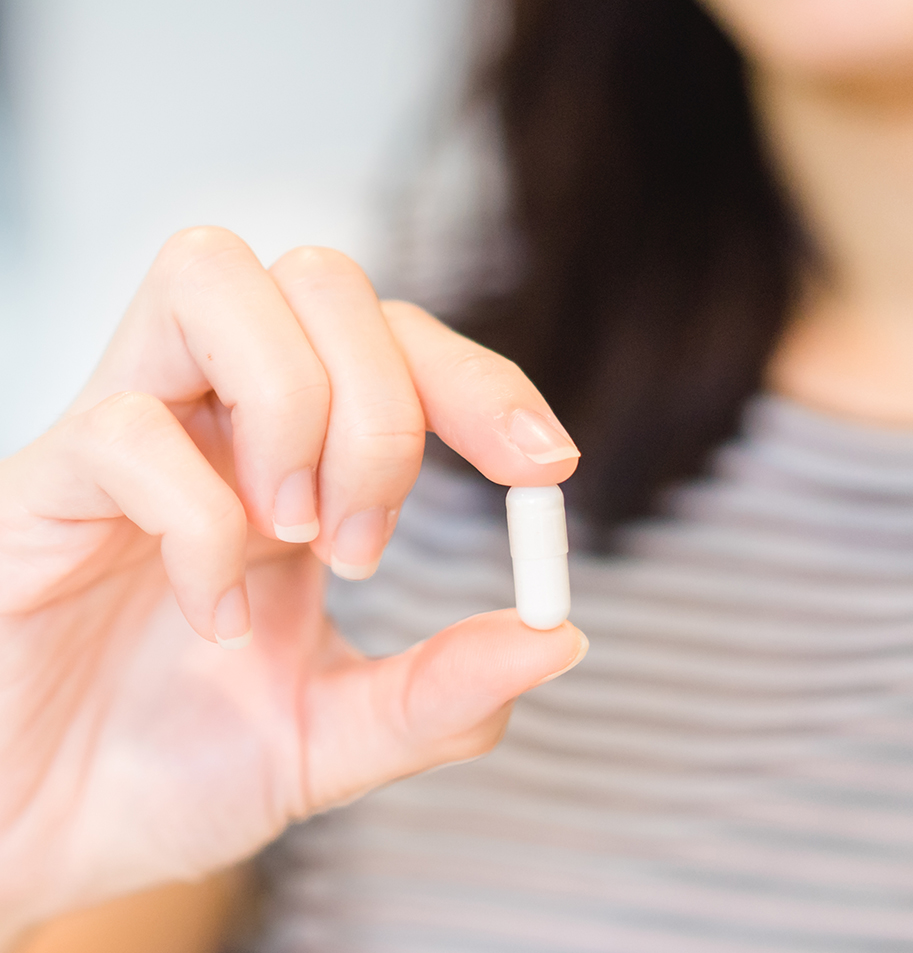
Social Media Marketing Across the Pharma Product Lifecycle
In the past few years, social media has transformed from a platform for social interactions to a vital tool for the pharmaceutical industry. Pharma social media offers an excellent opportunity for patient and HCP engagement marketing, helping pharmaceutical companies to reach out to patients, healthcare providers, and caregivers.
However, the pharmaceutical industry faces several unique challenges when it comes to social media. One of the most significant challenges is how to manage the long and complex journey of the full pharmaceutical product lifecycle to engage audiences in a compliant manner.
The complex journey involves several stages, including drug development, clinical trials, product commercialization, and Loss of exclusivity. At each stage of the pharma product journey, social media presents unique opportunities and challenges for pharmaceutical companies.
During the drug development stage, pharmaceutical companies can use social media to gather feedback from patients, healthcare providers, and other stakeholders. This feedback can help companies identify potential issues with the drug and make necessary adjustments before moving to the clinical trial stage.
During clinical trials, social media can be an essential tool for patient recruitment. Pharmaceutical companies can use social media to target specific patient populations and encourage them to participate in clinical trials. Social media can also be used to engage with patients during the trial, gather feedback, and address any concerns they may have.
After a drug has been approved by the FDA commercialization starts even though most drugs will launch unbranded programs when they know FDA approval coming. During this phase, pharmaceutical companies can use social media to promote their products to patients, healthcare providers, and caregivers. Patient engagement marketing through social media can help companies to increase brand awareness, educate patients about their products, and provide information on how to access them.
Lastly, the Loss of Exclusivity phase occurs when a drug’s patent expires, allowing other pharmaceutical companies to manufacture and sell generic versions of the drug. During this phase, the original drug manufacturer loses its monopoly on the market and faces increased competition, which often results in a significant reduction in the drug’s price.
As a result, the original drug manufacturer must adjust its marketing and pricing strategies to remain competitive. During LoE one method to keep some market share for manufacturers is to focus their attention on creating more “sticky” patient support programs (PSP) using digital channels. One digital tool that creates “stickiness” is Webchat. Webchat can be a valuable tool for patient support programs :
- Convenient and accessible means of accessing support and information – Patients can connect with a support team member in real-time via Webchat, allowing them to receive immediate assistance with any questions or concerns they may have.
- Webchat can improve their efficiency and scalability – By using automated chatbots, patient support programs can handle a larger volume of inquiries without needing to increase staff size. Chatbots can provide patients with basic information and guidance, freeing up support team members to focus on more complex issues.
- Collect valuable data and feedback from patients – By analyzing chat transcripts, patient support programs can identify common concerns and trends, allowing them to improve their services and better tailor their support to patient needs.
Not to be overlooked during the product lifecycle Regulatory compliance and pharmacovigilance play critical roles throughout the pharmaceutical product lifecycle, ensuring the safety, quality, and efficacy of drugs for patients.
Regulatory compliance is an essential aspect of the pharma product journey. Social media compliance is especially critical, given the regulations set out by the FDA. Pharmaceutical companies must ensure that their social media activities are in line with FDA guidelines and report any adverse events that occur.
Pharmacovigilance is another crucial aspect of the pharma product journey. Social media can be a valuable tool for pharmacovigilance, allowing pharmaceutical companies to monitor social media platforms for any adverse events related to their products. This monitoring can help companies to identify potential safety issues and take appropriate action.
In conclusion, social media offers several opportunities for pharmaceutical companies at each stage of the pharma product journey. However, the industry faces unique challenges related to social media compliance and pharmacovigilance. Pharmaceutical companies must navigate these challenges carefully to ensure that their social media activities are in line with FDA regulations and their products are safe for patients. With the right strategy, pharmaceutical companies can use social media to engage with patients, healthcare providers, and caregivers and promote their products effectively.
Read the Pharma Product Lifecycle eBook to explore proven digital strategies to elevate and optimize all stages including drug discovery, clinical trials, launch, and maturity.
Reach out to the author, Rishi Kadiwar, VP Strategy – DTC, LiveWorld, to learn more about digital and social agency services for the healthcare and pharma industry – rkadiwar@liveworld.com